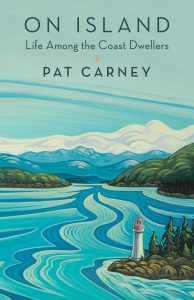#147 Cats–Pat Carney’s island carnival
First published Jul. 6, 2017
On Island: Life Among the Coast Dwellers
by Pat Carney
Victoria: TouchWood Editions, 2017.
$21.95 / 9781771512107
Reviewed by Pam Erikson
The opening story of Pat Carney’s collection On Island: Life Among the Coast Dwellers sets a fable-like tone. On a sunny, summer morning a mysterious woman releases eight cats, then boards a ferry, never to return (p. 3).
The cats, as independent and resourceful as their human counterparts, wind their ways throughout the vignettes of island life, connecting stories and characters. And, like the cats, human characters appear and reappear.
The people are not named, which adds to the stories’ fairy tale quality. They are known only by title or description: the Mountie, the Professor, the Church Warden, the Old Man, the Pirate Queen, and Blondie, the golden-haired “pagan princess-of-the-harvest” (p. 63), with her dog, Goldie, and her golden cat.
These are just a few of an eclectic cast of island archetypes. They feel familiar, often recognizable, and their namelessness invites the reader to superimpose upon them a known or remembered person.
The feline and human characters must find ways to connect and fit in — as we all do – in ways that are both part of society and separate from society.
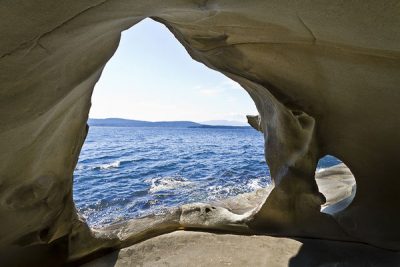
Often inability to communicate with the outside world heightens the sense of separation of the Gulf Island communities “marooned in the ocean” (p. 159). The high cost of ferries and frequent storms compound a feeling of isolation, a recurring and connecting theme. Stories such as ‘Lights Out’ highlight the scourge of the islands: recurring power outages and loss of phone service. The aptly-titled ‘Storm’ tells a tale of frustration as a woman attempts to get to the Mainland during intermittent ferry closures.
The unnamed small island featured in the stories lacks the services and conveniences enjoyed by the Big Island (Vancouver Island) and the Mainland. In ‘Medical Clinic,’ a nurse practitioner visits the island just once a week and patients with serious ailments must travel to the Big Island by helicopter. Small Islanders must therefore be self-sufficient. The medical clinic provides an “eclectic mix” of alternative therapies “offered by island volunteers of various expertise” (p. 113).
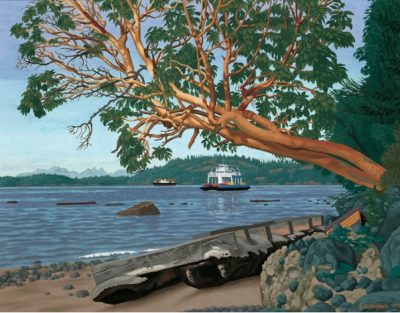
The separation — and subtle umbrage — that exists between Carney’s fictional island and larger, better-funded communities also reveals itself among its inhabitants. The persistent issue of who belongs, and who doesn’t, surfaces and resurfaces. The loneliness of the outsider is poignantly explored in stories like ‘Nature Lovers’ and ‘Fish Fry,’ as the newly-arrived Professor and his wife try to fit in while experiencing the tension between “old-timers and newcomers” (p. 140).
In ‘Battle for the Beach,’ islanders and off-island property investors clash when absentee land owners seek to privatize and limit access to traditionally communal, public spaces. The islanders’ opinion of these invaders is revealed in their name for the gated communities that impede free access to previously public trails: Fascist Estates. What amounts to an ideological battle is fought in the multi-purpose Community Hall, “heartbeat of the island community” (p. 98).
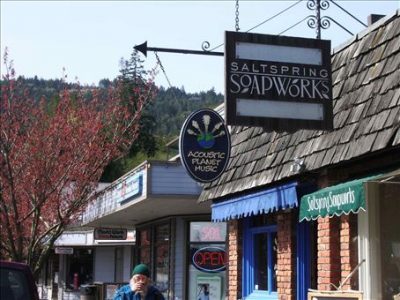
Islanders band together to save the beach and the salmon, to maintain the interdenominational church, and to help one another in times of need. They also instruct off-islanders about the “intricacies of island life” (p. 94). While Carney reveals the isolated and sometimes exclusive nature of island life, she also deftly illustrates a different, double nature of small communities: they are united and cooperative but also, at times, claustrophobic.
Café gossip over fair-trade coffee and gluten-free lemon cake is a reminder of ever-watchful eyes that scrutinize the comings and goings of the community. Secrets are never truly secrets, and the actions and indiscretions of individuals affect the collective. Island ecosystems are fragile and community ecosystems are equally vulnerable to disruption. These interdependent ecologies are reinforced by Carney’s interconnected stories.
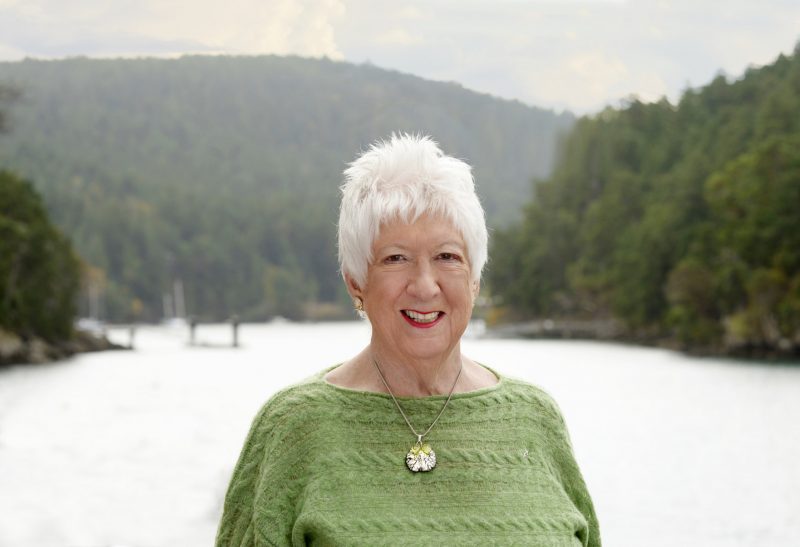
Those who reside on islands, or in any small town, will identify with the challenges, quirks, and joys of living in these independent and interdependent communities. Many rural B.C. readers will understand Carney’s regular encounters with the same small cast of people — the characters of day-to-day life – as they share the secrets and gossip and witness both rivalry and cooperation.
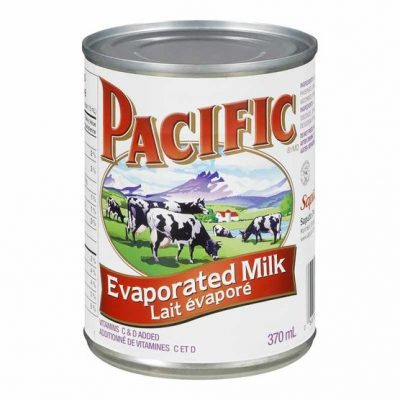 At the same time, these stories can be exquisitely Canadian, and Carney nods subtly to such national institutions as David Suzuki, Alice Munro, Tim Hortons and canned Pacific milk.
At the same time, these stories can be exquisitely Canadian, and Carney nods subtly to such national institutions as David Suzuki, Alice Munro, Tim Hortons and canned Pacific milk.
The organic lifestyle, and the appearance of a reusable cloth bag stamped “Save the Whales,” might appear to be west coast stereotypes, but in Carney’s hand they seem more like lighthearted pokes at archetypes of west coast life. Anyone who has lived in small B.C. communities will recognize the requisite artists, organic gardeners, and off-grid pioneers.
Mirroring the interconnection of waterways, ecologies, and communities, On Island: Life Among the Coast Dwellers is a delightful collection of stories that often feels magical and sometimes biographical.
John Donne wrote that “no man is an island, entire of itself,” and indeed despite the differences that separate us, these stories remind us that we are connected to one another and to the landscapes we inhabit in a lineage of memory and story.
From her unconventional and deeply ordinary characters, to her description of the beautiful and misty landscape of gorse and blackberry, cedar and kelp forests, and the ancient and eternal tides and rhythms of life, Pat Carney reveals her obvious love of the west coast islands. Like a string of pearls, her stories glimmer with humour, insight, and poetic language.
*
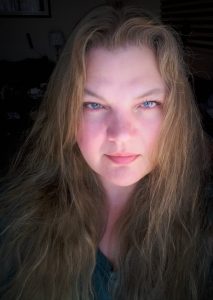
Pam Erikson graduated in 2016 with a BA in English at Thompson Rivers University, where she won several awards for writing and academic excellence. She has been a writer in diverse capacities, including a short stint at TRU’s Marketing and Communications department, several research projects, and a collaboration for a play about homelessness. She is also an English writing tutor. Pam lives and works in Kamloops, and in her spare time she can be found reading and coffee-shopping, and attempting to learn Welsh.
*
The Ormsby Review. More Readers. More Reviews. More Often.
Reviews Editor: Richard Mackie
Reviews Publisher: Alan Twigg
The Ormsby Review is hosted by Simon Fraser University. The Advisory Board consists of Jean Barman, Robin Fisher, Cole Harris, Wade Davis, Hugh Johnston, Patricia Roy, David Stouck, and Graeme Wynn.
—
BC BookWorld
ABCBookWorld
BCBookLook
BC BookAwards
The Literary Map of B.C.
The Ormsby Review
